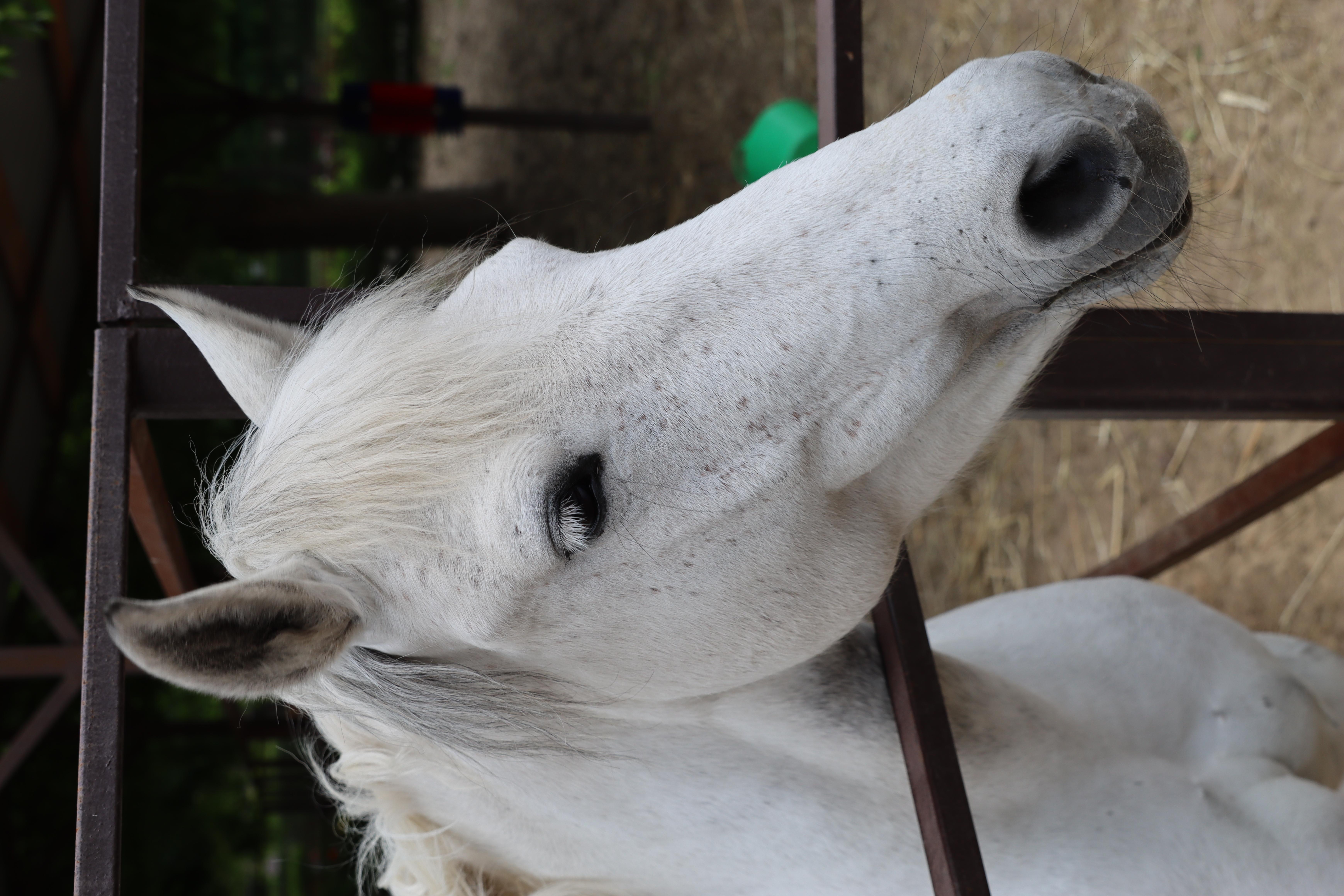When welcoming a new dog into your home, one of the foremost concerns is ensuring they are well-behaved and comfortable within their new environment. Among the myriad of training methods available, dominance training has sparked significant debate. Rooted in the idea that dogs, like their wolf ancestors, operate within a pack hierarchy, dominance training suggests that owners must establish themselves as the ‘alpha’ to gain obedience and control. However, with evolving understandings of canine behavior, many pet owners are left wondering: Is dominance training truly effective for our furry companions? In this article, we will explore the principles behind dominance training, weigh its pros and cons, and consider alternative approaches that may foster a more harmonious relationship between you and your dog. Whether you’re a seasoned dog owner or a new pet parent, this guide aims to provide clarity and guidance as you navigate the best path to a well-behaved and happy dog.
Understanding Dominance Training and Its Impact on Canine Behavior
Dominance training, a method rooted in the belief that dogs are motivated by an inherent desire to establish a social hierarchy, often emphasizes the need for the human to act as the “alpha.” While this approach has been widely popularized, especially through media portrayals, its impact on canine behavior is a topic of much debate. It’s crucial to understand that the dominance theory largely stems from observations of captive wolves, which may not accurately reflect the social dynamics of domestic dogs. Studies suggest that this approach can sometimes lead to fear-based behaviors, stress, and anxiety in dogs, rather than fostering a trusting and positive relationship.
For those considering this training method, it’s important to weigh its potential effects. Some points to consider include:
- Safety Concerns: Dominance-based techniques can involve physical corrections, which might increase the risk of aggression.
- Relationship Impact: Focusing on dominance may undermine the bond between the dog and owner, shifting from partnership to control.
- Alternative Approaches: Positive reinforcement methods have been shown to be effective, promoting mutual respect and understanding.
Ultimately, understanding your dog’s unique needs and behavior is key to choosing the most effective and compassionate training approach.

Exploring Alternatives: Positive Reinforcement and Balanced Approaches
When it comes to training our beloved canine companions, exploring alternatives to dominance-based methods can lead to a more harmonious and effective relationship. Positive reinforcement and balanced training approaches are gaining popularity among dog trainers and owners for their humane and scientifically backed methods. Positive reinforcement focuses on rewarding desired behaviors, encouraging dogs to repeat these actions. This method can include:
- Treats or favorite toys
- Verbal praise
- Affectionate gestures like petting
These rewards help create a positive association with good behavior, building a dog’s confidence and trust in their human counterparts.
On the other hand, a balanced approach incorporates both rewards and gentle corrections, allowing trainers to guide dogs with clarity and consistency. This method emphasizes communication and understanding, ensuring dogs know what is expected of them without the fear or stress that dominance training might induce. By using these compassionate and effective techniques, we can foster a nurturing environment where dogs thrive, making the learning process enjoyable for both pets and their owners.
Recognizing the Signs: When Dominance Training May Cause Harm
When considering training methods for our beloved canine companions, it’s crucial to be aware of certain indicators that a chosen approach may be doing more harm than good. Dominance training, which often emphasizes asserting control over a dog, can sometimes lead to unintended negative consequences. Here are some signs that this method might not be suitable for your dog:
- Increased Anxiety or Fear: If your dog seems more anxious or fearful, especially around you, it could be a sign that the training is too harsh or overwhelming.
- Aggression: Instead of reducing aggressive behaviors, dominance training may exacerbate them, causing your dog to react defensively.
- Loss of Trust: A dog that becomes hesitant or avoids interaction with you may be indicating a breakdown in trust, often stemming from punitive measures.
- Decreased Enthusiasm: Noticeable changes in your dog’s enthusiasm for learning or playing can suggest that the training environment is too stressful.
It’s essential to monitor your dog’s reactions and overall well-being during training sessions. Employing methods that foster a positive and trusting relationship can often yield better results for both you and your furry friend.
Building a Trusting Relationship: Effective Communication with Your Dog
Effective communication with your dog is the cornerstone of a strong and trusting relationship. It’s important to understand that dogs thrive on clear signals and consistent cues from their human companions. Rather than relying on dominance-based methods, which can often lead to fear or anxiety, focus on positive reinforcement and patience to foster mutual understanding. When you communicate effectively, you build a bond based on respect and love, which is far more rewarding and enduring.
- Observe Body Language: Dogs communicate primarily through body language. Pay close attention to their posture, tail movements, and facial expressions to better understand their needs and feelings.
- Use Consistent Commands: Ensure that commands are clear and consistent. Use the same words and gestures for specific actions to avoid confusion.
- Reward Positive Behavior: Positive reinforcement, such as treats or praise, encourages your dog to repeat good behavior. This approach not only teaches them what is expected but also strengthens your bond.
- Be Patient: Building trust takes time. Be patient with your dog as they learn and adapt to your communication style. Patience fosters a safe environment where your dog feels comfortable to express themselves.
By focusing on these principles, you create a harmonious environment where both you and your dog can thrive together, making the journey of companionship truly fulfilling.

